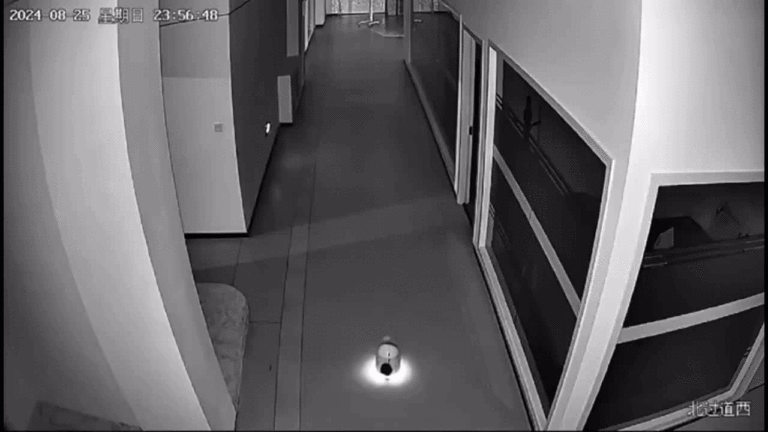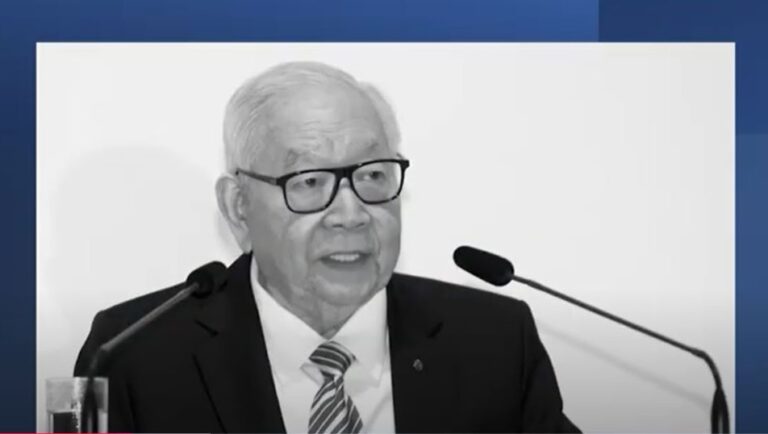California ordered General Motors (GM.N) Cruise division to take its autonomous cars off state highways on Tuesday, citing the vehicles as a public safety hazard and the firm having “misrepresented” the technology’s safety.
Cruise’s attempts to test the vehicles without safety drivers have been temporarily discontinued, according to a statement from California’s Department of Motor Vehicles (DMV), which also stopped the company’s permission for autonomous vehicle deployment and testing.
“Based upon the performance of the vehicles, the department determines the manufacturer’s vehicles are not safe for the public’s operation,” the Department of Motor Vehicles (DMV) said in a statement, “an unreasonable risk to public safety.”
Furthermore, according to the DMV, Cruise had “misrepresented any information related to the safety of its vehicles’ autonomous technology.” According to the state office, the Cruise has five days to contest the ban. If the business intended to do that, it did not say.
The suspension, which came after several collisions involving Cruise cars, is a significant blow to the autonomous vehicle (AV) market and GM’s self-driving car division, which it regards as having considerable development potential. However, unionized transit workers and other robotaxis detractors applauded the instant suspension.
According to Bryant Walker Smith, a University of South Carolina law expert, “this could be a big blow to Cruise.” This adds credence to the story concerning technology and failing businesses. As a result, the entire industry will suffer.”
Cruise said, “We will be pausing operations of our driverless AVs in San Francisco. Ultimately, we develop and deploy autonomous vehicles to save lives.”
According to Cruise, the DMV was looking into an event from October 2 in which one of the company’s autonomous cars braked but failed to avoid running into a pedestrian hit by a hit-and-run motorist earlier.
“When the AV tried to pull over, it continued before coming to a final stop, pulling the pedestrian forward,” Cruise said. “Our teams are currently analyzing to identify potential enhancements to the AV’s response to this kind of infrequent event,” it added.
As stated in the DMV decision, “Cruise’s vehicles may lack the ability to respond safely and appropriately during incidents involving a pedestrian.” Cruise has yet to release all of the accident’s video evidence.
Cruise could not be reached right away for comment on the DMV report claiming that the corporation had not initially shared all of the incident’s videos.
Before the California Department of Transportation announced on Tuesday, GM officials reiterated their belief that Cruise represents a significant growth prospect on an earnings conference call.
‘MAGNIFICENT UPSET’
According to GM CEO Mary Barra, “We do believe that Cruise has a tremendous opportunity to grow and expand,” she said to analysts. “We … see tremendous upside opportunity and growth.”
Barra reaffirmed in June her prediction that by 2030, Cruise could bring in $50 billion annually. The business disclosed on Tuesday that it lost $723 million in the third quarter due to Cruise.
Barra stated during her call before the decision that robotaxis cruisers have a higher safety record than human drivers.
In August, the DMV requested that Cruise remove half of its robotaxis from service and stated that it was looking into “concerning incidents” involving the company’s autonomous vehicles in San Francisco. In San Francisco that same month, a Cruise robotaxi and an emergency car collided.
U.S. vehicle safety officials launched an investigation this month to see if Cruise was using an autonomous robotaxis to protect pedestrians with enough caution.
The National Highway Traffic Safety Administration (NHTSA) reported that it has received two reports from Cruise regarding occurrences involving injuries to pedestrians and has discovered two additional cases through online footage.
The NHTSA confirmed that it is still looking into Cruise but would not comment on the California DMV move.
A big step was taken two months ago when California approved Waymo and Cruise from Alphabet Inc. (GOOGL.O) to transport paying customers across San Francisco day or night.
Concerning the DMV action, Waymo remained silent.
Opponents of autonomous vehicles quickly exploited the DMV ruling.
The Transport Workers Union of America (TWU), which has sharply condemned self-driving cars and represents airline, railroad, and transit workers, stated that businesses like Cruise must adhere to quantifiable safety criteria.
“Cruise has demonstrated to the world that robots cannot possibly meet the high standards that human operators meet daily, despite the misinformation spread by tech executives,” stated TWU President John Samuelsen.















